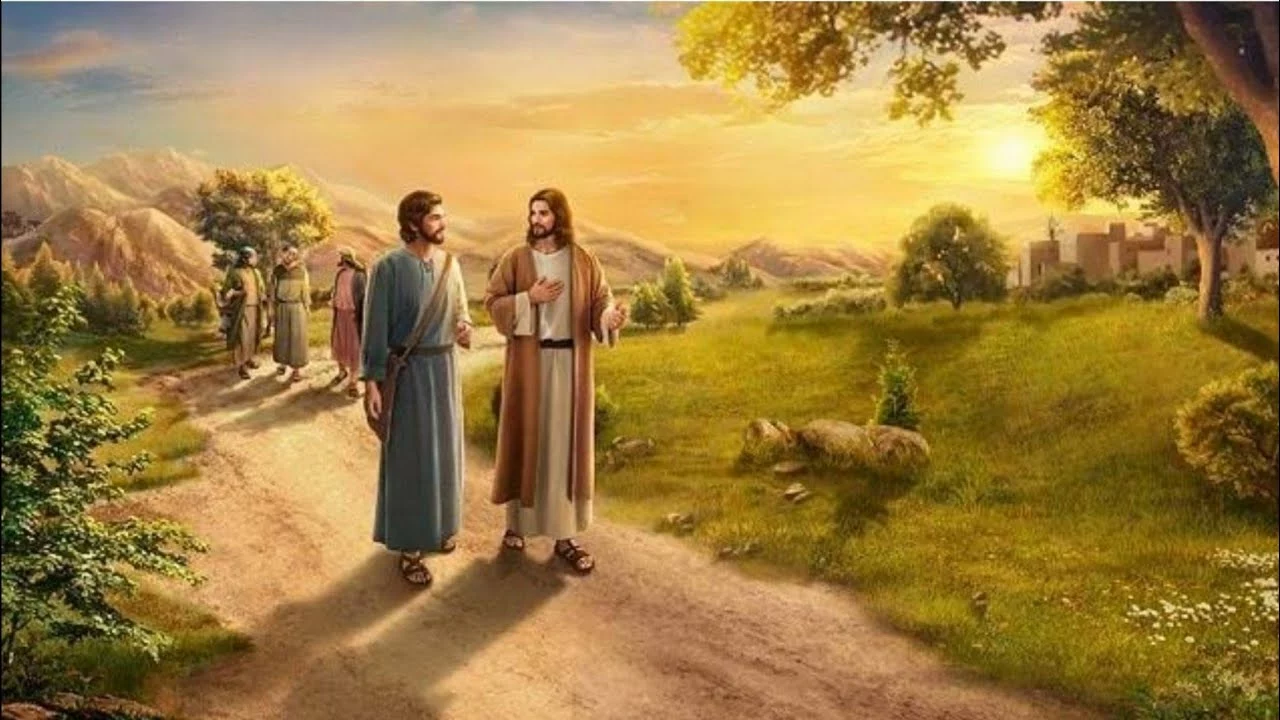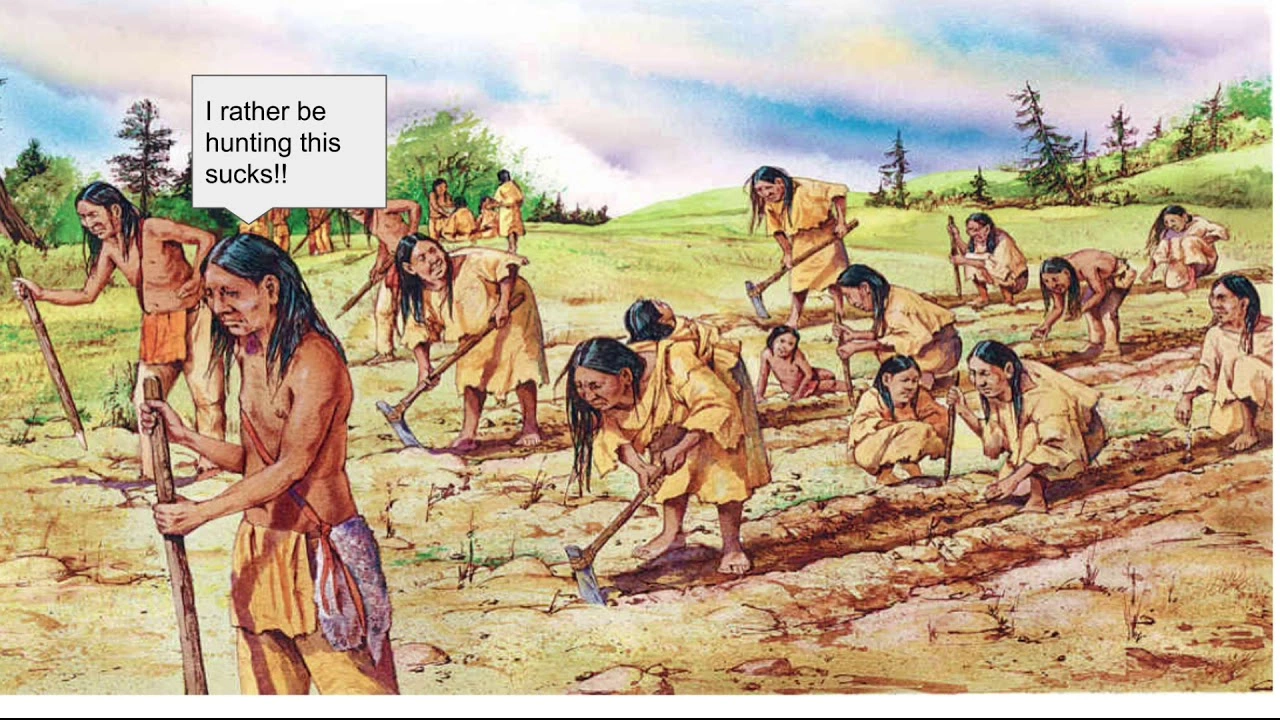History & Culture of Lathur
Welcome to the guide that shows you why Lathur’s past matters to every traveler. You’ll get quick facts, real stories, and tips on what to see while you’re here. No jargon, just the stuff that makes history feel alive.
Ancient India in a Snapshot
Imagine living in India around 4 BC – the time when Jesus was born. While the Western world was busy with a new religion, the Indian subcontinent was ruled by the Maurya Empire. Leaders like Ashoka the Great turned their kingdom into a hub of Buddhism, art, and trade. Down south, the Chera, Chola, and Pandya kingdoms were building temples and fostering commerce. Knowing this helps you see why many Indian traditions have deep roots that go back over two thousand years.
If you wonder how long people lived back then, the average life expectancy was about 30‑40 years. High infant mortality and limited medical care kept numbers low, but some sages and scholars lived into their 80s or 90s. Those outliers show that age wasn’t the only measure of a life well‑spent – knowledge, spirituality, and community mattered a lot.
What Lathur Keeps From Its Past
In Lathur, the ancient story shows up in everyday life. Local festivals often feature dances that date back to the Mauryan era, and you can still hear folk songs that talk about historic battles and royal courts. When you visit the town market, look for hand‑crafted items that use techniques passed down from generations of artisans.
One practical tip: check the local calendar for the Ratha Yatra celebration. It’s a colorful procession that blends ancient ritual with modern community spirit. Joining it gives you a front‑row seat to centuries‑old customs without needing a textbook.
Another must‑see is the old stone well near the village square. It was built during the height of the Mauryan water‑management projects and still supplies fresh water. Standing by it, you can picture farmers from 2000 years ago loading baskets of grain and chatting about harvests.
For anyone curious about how the past shapes today’s food, try the local thali. It includes dishes that use spices first traded along Mauryan routes, like turmeric and black pepper. The flavors are a living link to ancient trade networks.
Travelers often ask how to respect the culture while exploring. The best rule: observe first, ask politely second. If you see a ritual, watch from a respectful distance and follow any guidance from locals. Simple gestures – removing shoes before entering a temple, covering shoulders during festivals – go a long way.
When you’re ready to dig deeper, the small museum next to the town hall holds relics from the Mauryan period, including a bronze lamp and a few stone inscriptions. The staff can explain the symbols in plain English, so you don’t need a history degree to understand them.
Bottom line: Lathur’s history and culture are not locked behind scholarly articles. They’re part of the streets, the food, the celebrations, and the people you meet. By paying attention to these details, you’ll leave with more than just photos – you’ll carry stories that connect you to a thousand‑year‑old narrative.

22
Jul
During the time Jesus was born, which is around 4 BC to 2 BC, India was experiencing the bustling era of the Maurya Empire. This period was marked by significant advancements in political structure, literature, art, and philosophy. Emperors like Ashoka the Great led the empire to its zenith, promoting Buddhism and fostering peace. In the southern part of India, the Chera, Chola, and Pandya kingdoms were flourishing culturally and economically. So, while the Western world was witnessing the birth of Christ, India was undergoing a golden era of its own.
Read More

19
Jul
From my research on ancient India, it appears the average life expectancy was considerably lower than what we experience today. Many sources suggest it was around 30-40 years, mainly due to the lack of advanced medical care and high infant mortality rates. Despite this, there are records of individuals, particularly sages and scholars, living well into their 80s and 90s. However, these were exceptions, not the norm. Overall, life in ancient India was tough and often short-lived, but it was also filled with rich culture and intellectual growth.
Read More

